
margouillatphotos/iStock/Getty Images
Langoustines look a lot like crayfish, but come from salty seas and oceans rather than fresh water. A relative of the lobster, langoustines grow to about 10 inches in size but are most prized when smaller, because the meat is sweeter. You cook this luxury ingredient much in the same way that you do lobster -- steaming, boiling or roasting. They may also be deep-fried or grilled, or their meat can be used as an ingredient in mixed seafood recipes.
Purchasing Langoustines
When a langoustine dies, the flesh immediately deteriorates and becomes inedible if not preserved. You'll most often find langoustines frozen, as they are challenging to keep alive once caught, so fishing vessels immediately quick freeze them. Fresh langoustines are transported in individual compartments because they can't be in contact, or they might die. This complexity ups their price and exotic factor. The shellfish is available whole, broken down into tails or as chunks of meat. Never refreeze thawed langoustines; you'll toughen the meat and increase the chance that the meat could become contaminated with bacteria.
Simple Preparations
Large langoustines can be cooked just like lobster. Cut them in half, brush the meat with melted butter and herbs -- fresh tarragon is especially nice -- and bake or grill them. Boil smaller specimans in heavily salted water and serve with lemon butter or garlic mayonnaise for dipping. If you're using frozen langoustines, just run them under cool water for 10 minutes to defrost them.
Tail Prep
Poach small, sweet tails can in garlic butter to create a decadent scampi. Quickly saute them in olive oil, garlic, chili flakes and fresh parsley. Serve over thin pasta noodles or alone, with French bread and a salad on the side.
Chopped Meat
Chopped langoustine meat may be added to any dish that calls for seafood, including some curries and paella. Boil the meat briefly to warm it and add to a salad with a vinegar-based dressing. Mix chopped langoustine meat with other minced seafood, and use it to fill ravioli or to create a stuffing for flounder or another white fish.
Related Articles
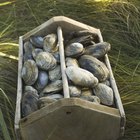
How to Cook Shucked Frozen Clams

Cooking Methods for Frozen Dungeness ...
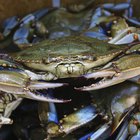
How to Cook Dead Crab

Difference Between Boiled & Grilled ...

How to Cook Langostino Tails

How to Cook Live Lobster on the Grill

How to Steam Lobster & Shrimp

How to Thaw Lobster in the Microwave

Soaking Shrimp or Scallops in Lime Juice

How to Cook Jonah Crabs

How to Cook Large Prawns
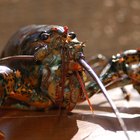
How to Freeze Whole Live Lobsters
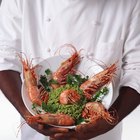
How to Cook Prawns With the Shell On

How to Buy Clams
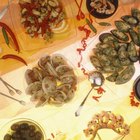
How to Clean Soft-Shell Clams (Steamers)

How to Boil Conch in the Shell

How to Cook Periwinkles

How to Eat Stone Crab
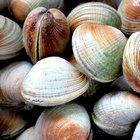
How to Steam Littleneck Clams
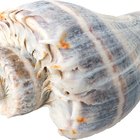
How to Cook Whelks
References
Writer Bio
Andrea Boldt has been in the fitness industry for more than 20 years. A personal trainer, run coach, group fitness instructor and master yoga teacher, she also holds certifications in holistic and fitness nutrition.
Photo Credits
margouillatphotos/iStock/Getty Images